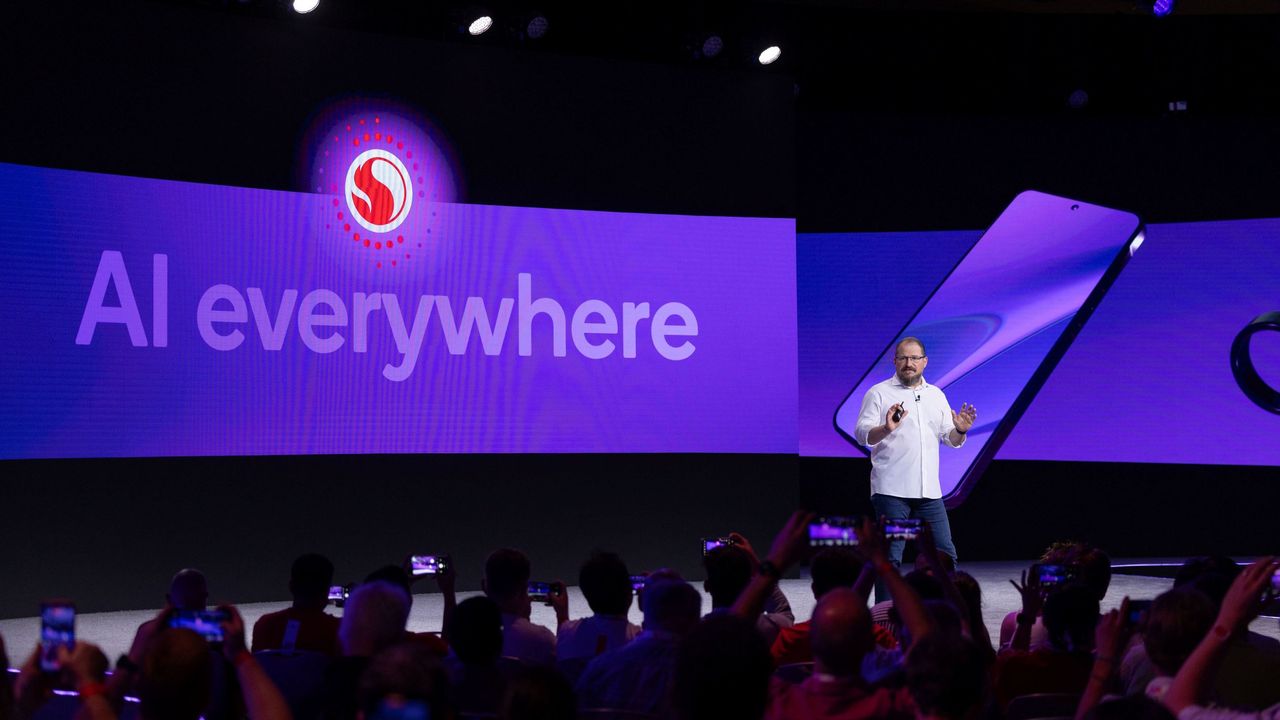
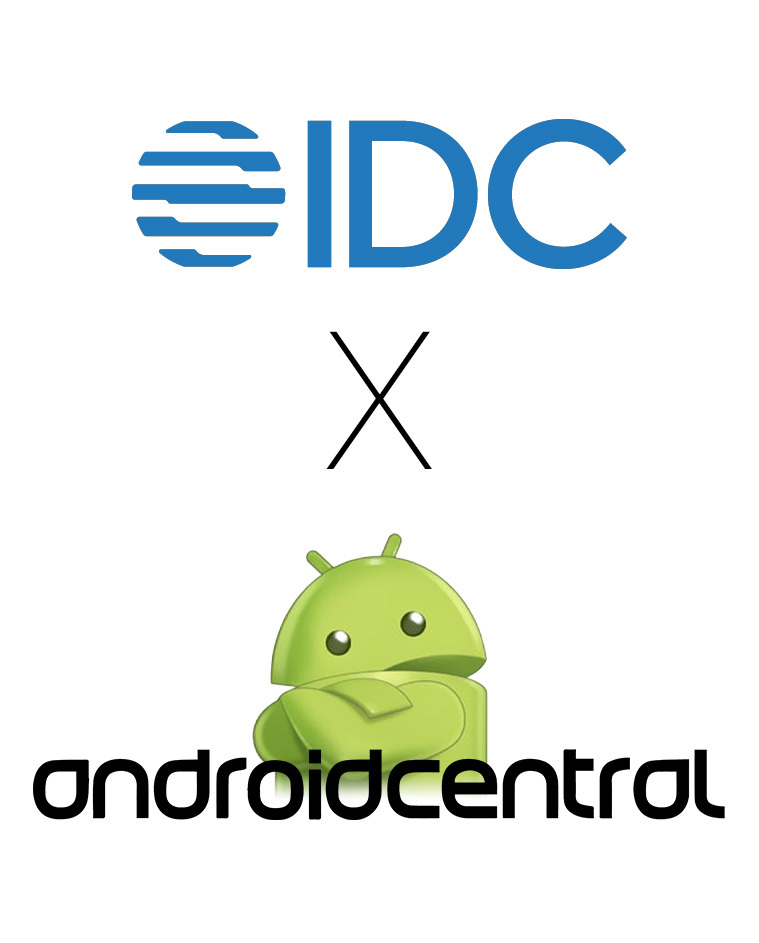
This is an exclusive column featuring expert analysts from International Data Corporation (IDC), who provide insights into the latest products, news, and more.
We live in a time where form factor drives how you decide to buy a device, whether it’s a traditional phone, a foldable, a tablet, or AI glasses. But that will no longer be the case in a future where “the form factor becomes secondary,” and the AI takes the lead.
In this deep dive feature, Android Central worked with leading research firm International Data Corporation (IDC) to understand what the road to AI looks like: How is it currently shaping technology, and how will it shape the way consumers buy their tech?
Enjoy our content? Make sure to set Android Central as a preferred source in Google Search, and find out why you should so that you can stay up-to-date on the latest news, reviews, features, and more.

Right now, you’re likely using your phone, relying on multiple apps to get things done. In the future, this could be a thing of the past. You could theoretically say “Hey Google, can you plan out my dinner tonight and send me a shopping list of things I need to get. Then book an Uber for 5 pm, so I can go get supplies right after my Pilates class.”
Whatever device is near you would pick up on your request and make it happen, with very little interaction from you. Basically, AI will be more than just the apps on your phone; it will be the driving force behind how you interact with your devices.
We’ve seen examples of this already; Motorola showed off its Large Action Model, which takes what it knows about you and performs actions with little to no involvement from you —ordering your favorite beverage from a local shop you frequent, for example. Google has also enabled more agentic capabilities within products like Chrome that lets it work in the background to complete certain tasks like shopping for groceries.
Qualcomm recently shared a vision of what an agentic and interconnected future looks like, moving seamlessly from one device to another through AI, and we’re getting closer to that future. This means that no matter what device you use, what AI service you interact with, AI will be more accessible to consumers.
And while today's consumers aren’t necessarily buying phones for just the AI, companies are becoming aware that a growing number of consumers want AI that can actually help them and make their lives easier. Google has demonstrated as much with the launch of the Pixel 10. If you look at any Pixel 10 ad, you will notice that the focus is on Gemini Live and how it helps users. Almost nothing is said about the actual phone. This shows that AI is slowly but surely becoming a driving force that will shape consumer spending.
Here’s IDC’s exclusive take on how AI will shape the future of technology.
— Shruti Shekar, Editor in Chief
— Derrek Lee, Managing Editor
AI in the mobile world: Where we are and where we’re headed
Artificial Intelligence (AI) has been quietly shaping the smartphone experience for years. From computational photography to natural language processing, AI has long been embedded in our mobile lives—enhancing photos, powering voice assistants, and optimizing performance. But the recent rise of Generative AI (GenAI) marks a new chapter that promises to redefine how we interact with our devices, and even how we choose them.
AI’s quiet beginnings in mobile
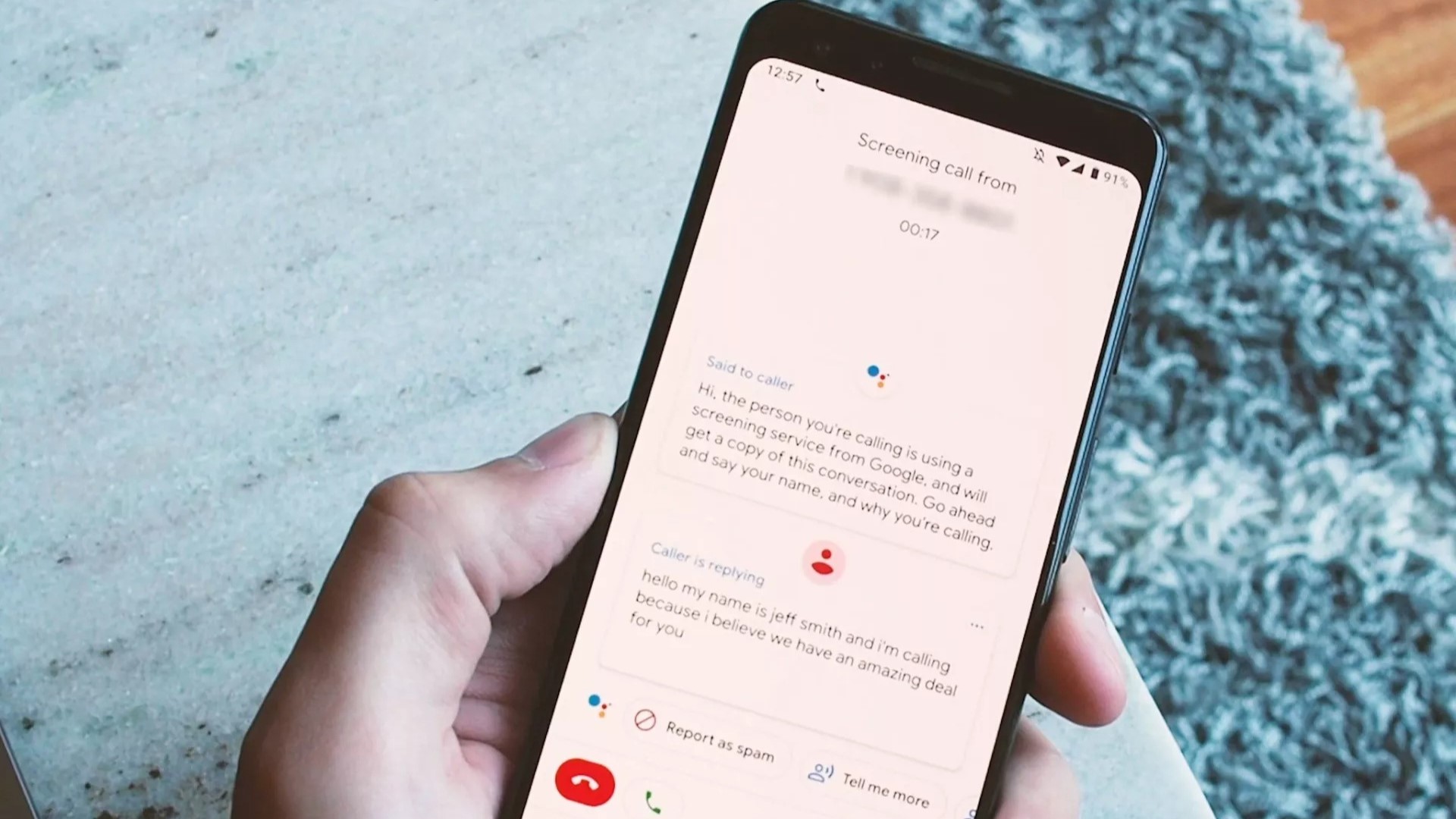
Before GenAI and now Agentic AI became buzzwords, AI in smartphones was largely invisible to the average user. It worked behind the scenes — improving battery life, enhancing camera performance, and enabling smarter voice interactions. These features were valuable, but rarely marketed as “AI-powered.” Instead, they were sold as better user experiences.
This changed roughly two years ago when GenAI began appearing in premium smartphones. With capabilities like real-time image editing, personalized content creation, and advanced voice interactions, oftentimes with on-device, low-latency processing. GenAI brought AI to the forefront, but its reach was limited.
According to IDC’s Spring 2025 U.S. consumer survey, only 10.9% of respondents said they owned an AI smartphone. This is unsurprising given that GenAI was mostly confined to flagship devices. However, it does indicate that the runway for growth is long.
Consumer interest is building
IDC’s survey also asked those who didn’t own an AI smartphone about their interest in the category. The results were telling: 47.1% said they would consider purchasing one in the future. That's a strong indicator for adoption later on, especially as consumers tend to replace their smartphones once every 3 to 5 years.
In another 2025 IDC survey from Asia Pacific, 63.5% of respondents said that AI features were somewhat important/very important when purchasing a smartphone, once again underscoring stronger-than-average future interest. However, against the backdrop of other feature considerations, AI took a back seat behind price, brand, and user friendliness.
Historically, these have been the leading factors when deciding on a new smartphone and have not changed even with the advent of AI. Meanwhile, AI finished outside of the top five most important features.
This leads us to believe that AI is a tough sell when marketed as a concept, for now. AI in smartphones isn’t a raw spec, but a suite of intelligent features to provide a superior user experience. Consumers don’t walk into stores asking for an “AI phone.” Rather, they do ask for AI-powered features.
Take Google Pixel’s Magic Eraser, for example. It allows users to remove unwanted objects from photos with a tap. It’s a clear, tangible benefit powered by AI, and consumers ask for such features when purchasing new devices. From PCs to mobile phones, a number of users are using AI-powered features such as chatbots, AI assistants, photo/video editing, writing/editing content, translation, and so on.
It's features like these that propel the market. By the end of 2025, IDC expects vendors to ship over 370 million GenAI-enabled smartphones worldwide, a 62.5% increase from the nearly 230 million shipped last year, and this grows further in 2026, with volumes surpassing 500 million. This surge means AI is moving beyond premium devices and into the mainstream.
Business models will be forced to evolve
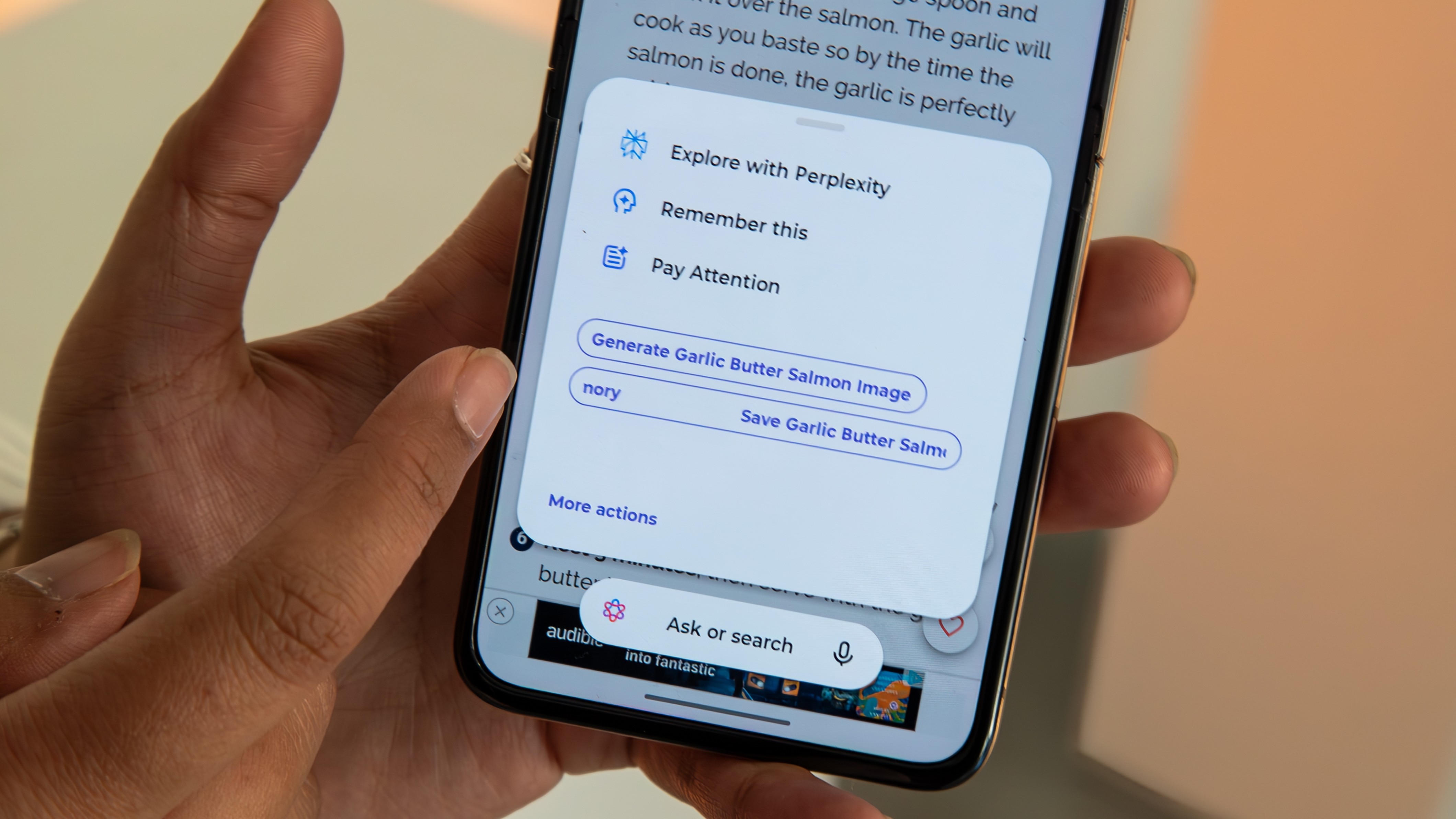
To support this shift, business models will also need to evolve. Today, many phones are subsidized through pre-installed apps such as bloatware from telcos, third-party app stores, and apps or offers for cloud services. But as AI changes how users interact with their phones, these models may become obsolete.
We've all seen examples where you ask AI to plan a trip and it handles everything, including booking flights, hotels, creating itineraries, and sending calendar invites, all without opening a single app. But this raises a key question: which services does the AI choose to complete these tasks? If apps like Expedia or Airbnb aren’t installed, does the AI default to one based on user history, performance, or a behind-the-scenes partnership?
Strategic partnerships between service providers, phone makers, and AI platforms are likely to be formed, and we can expect this kind of integration to become more common over the next five years as AI matures and becomes ubiquitous across devices.
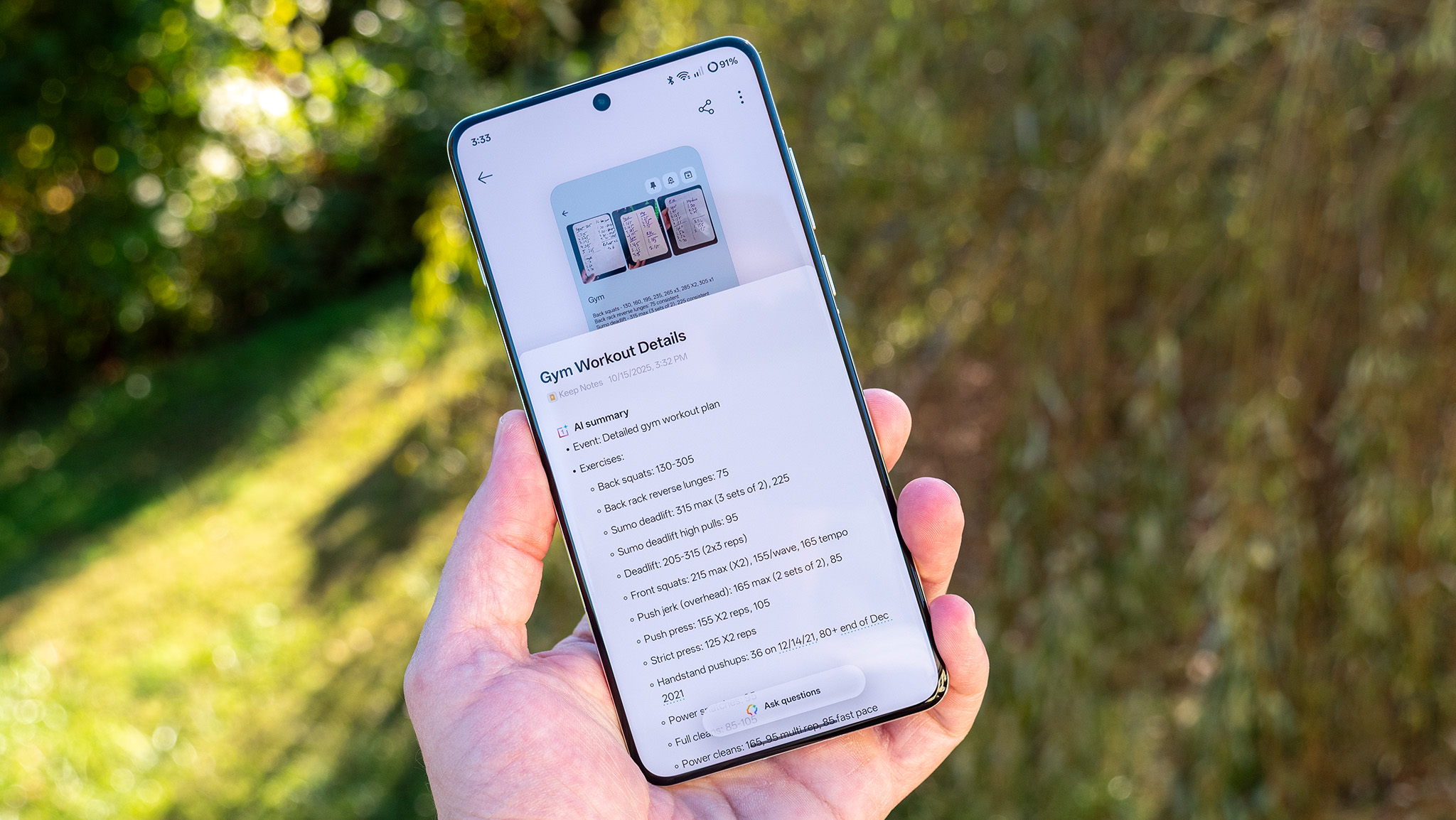
However, this transition won't be easy. As AI becomes the central interface, the traditional app-based business model will face significant disruption. Today, apps and services compete for user attention and strive to own the customer experience. Many will resist handing over control to AI platforms, fearing the loss of direct engagement and brand identity, and will try to maintain their own ecosystems and monetization strategies over the next few years.
But in the long term, those that integrate best with AI will thrive as consumers often prioritize convenience and efficiency. This also positions AI as the gatekeeper as it chooses which service to use and shifts the customer relationship from the app to the AI.
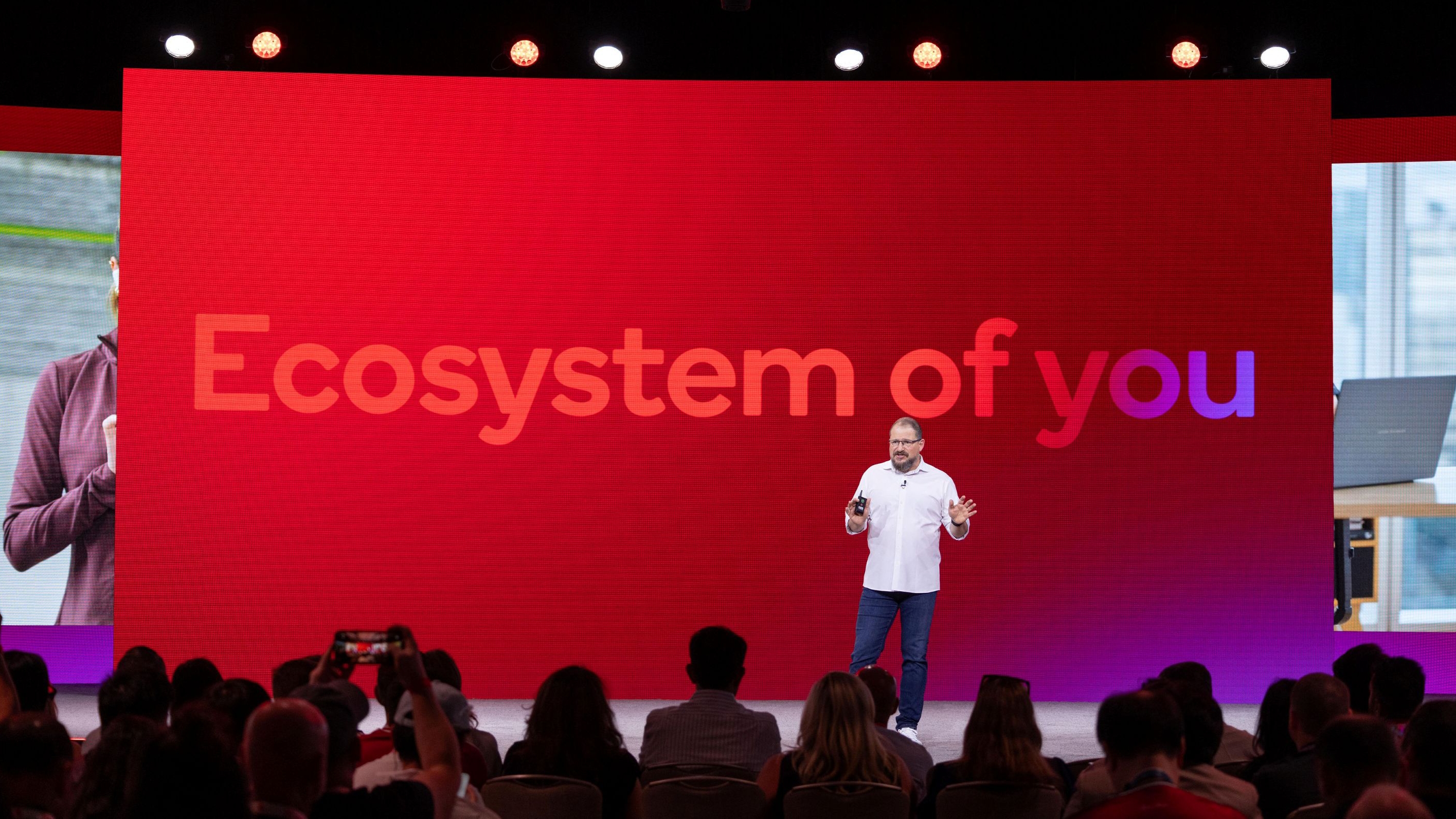
For the platform players, AI is becoming an extension of the OS, although with various flavors of AI, there is some degree of fragmentation. Apps, services, and potentially even device makers will need to rethink how they engage users, possibly moving toward API-first models that allow AI platforms to access their services directly or by partnering with AI providers to curate unique experiences.
Those who resist may find themselves sidelined, while those who embrace AI integration will become part of the new mobile paradigm.
What's the impact on consumers? Prices of AI smartphones are expected to come down from an average selling price of $1053 in 2024 to $786 in 2026. But the AI itself won't be cheap, as all the top companies in this space are eager to monetize their investments through subscriptions, advertising, or other means.
Apps to actions
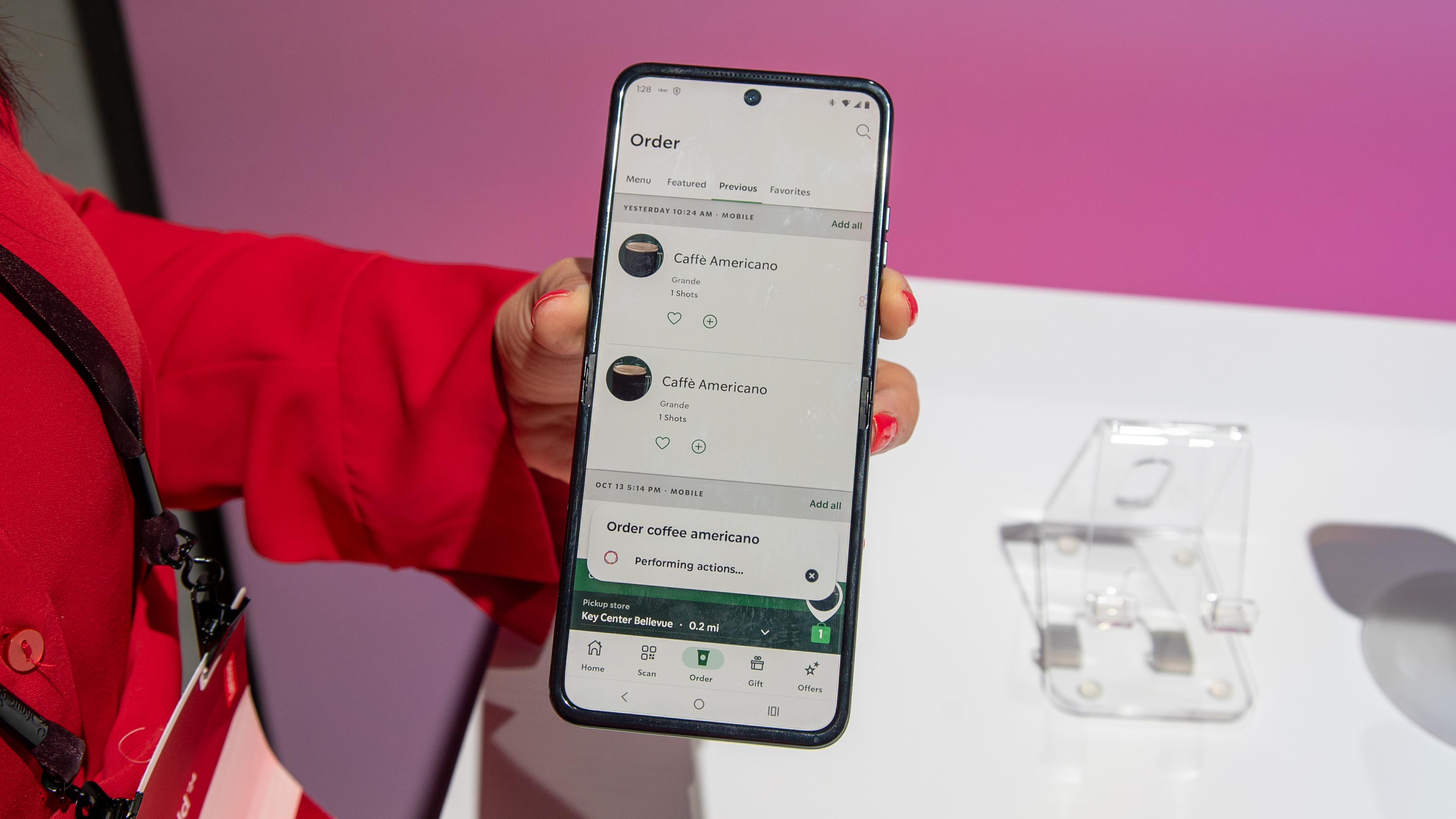
A decade from now, AI won’t just be a feature; it will be the primary interface across a wide range of devices. Smartphones will still play a central role, but they’ll be part of a broader ecosystem of smart glasses, headphones, wearables, and other ambient devices. Consumers will interact with the same AI across these form factors, customized and personalized for each user, choosing the most appropriate device for the task at hand or perhaps letting the AI do so.
This marks a shift from today’s app-centric experience to a task-centric one. Instead of opening individual apps to complete a task, users will simply ask their AI to “plan a trip,” “book a cab,” or “edit a photo,” and the AI will orchestrate everything behind the scenes.
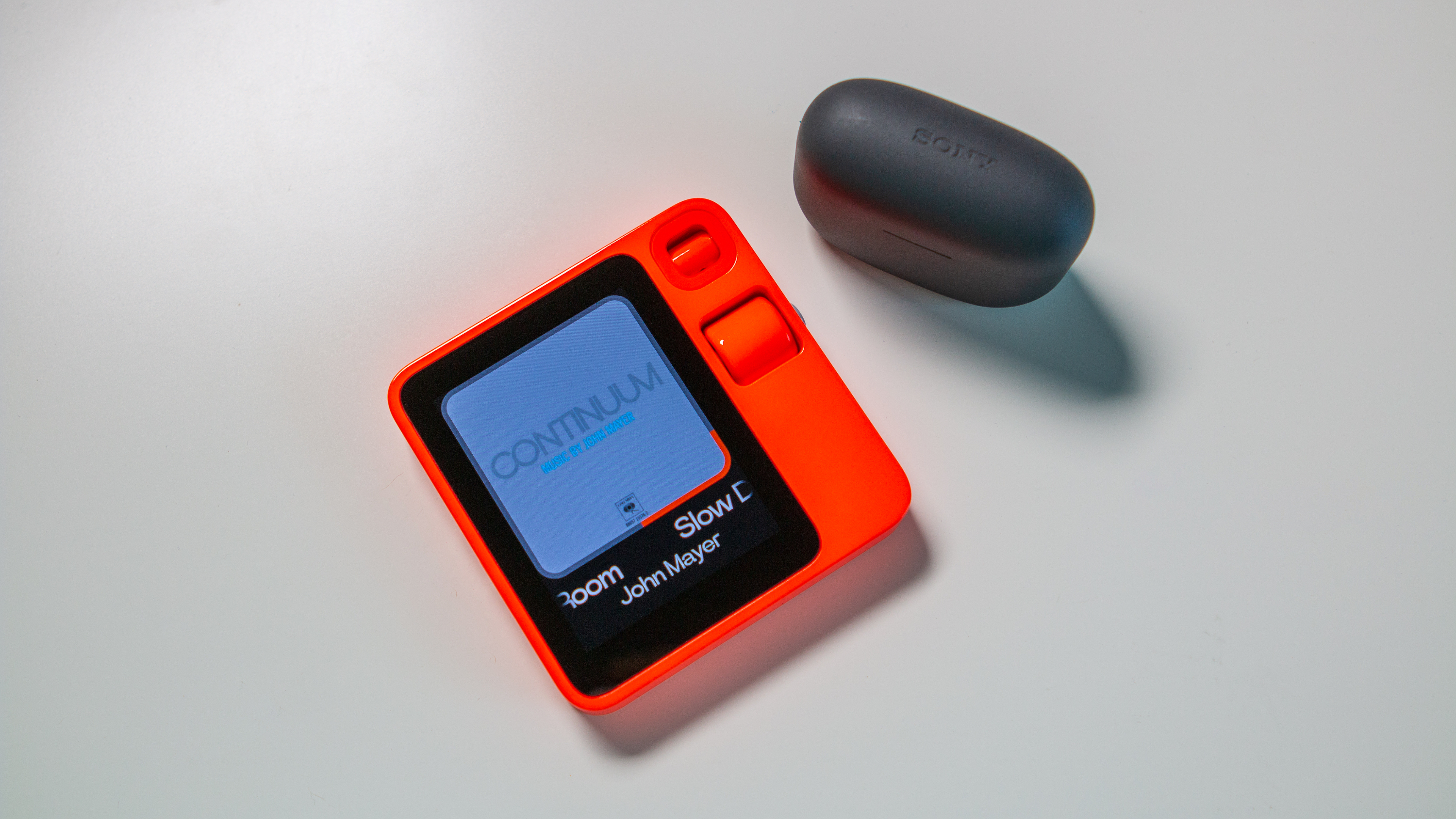
There are early versions of this today. Devices like the Rabbit R1 attempted to create such interactions. But such devices and interfaces lack polish and are held back by deep integrations into the OS, apps, and services.
There are already rumors that Google is working on a more deeply integrated version of Gemini, one that could take control of apps and execute tasks on behalf of users. If true, this would be a major leap toward a unified AI experience that spans devices and services seamlessly. But it also means that Google has to rethink how it monetizes Android, and its partners need to figure out if Gemini aids or hinders their own business models.
In this future, the form factor becomes secondary. Whether you're wearing smart glasses, using earbuds, or holding a phone, the experience will be consistent, intelligent, and personalized. The AI will know your preferences, context, and history, enabling it to act proactively and intuitively.
Selling AI through experience
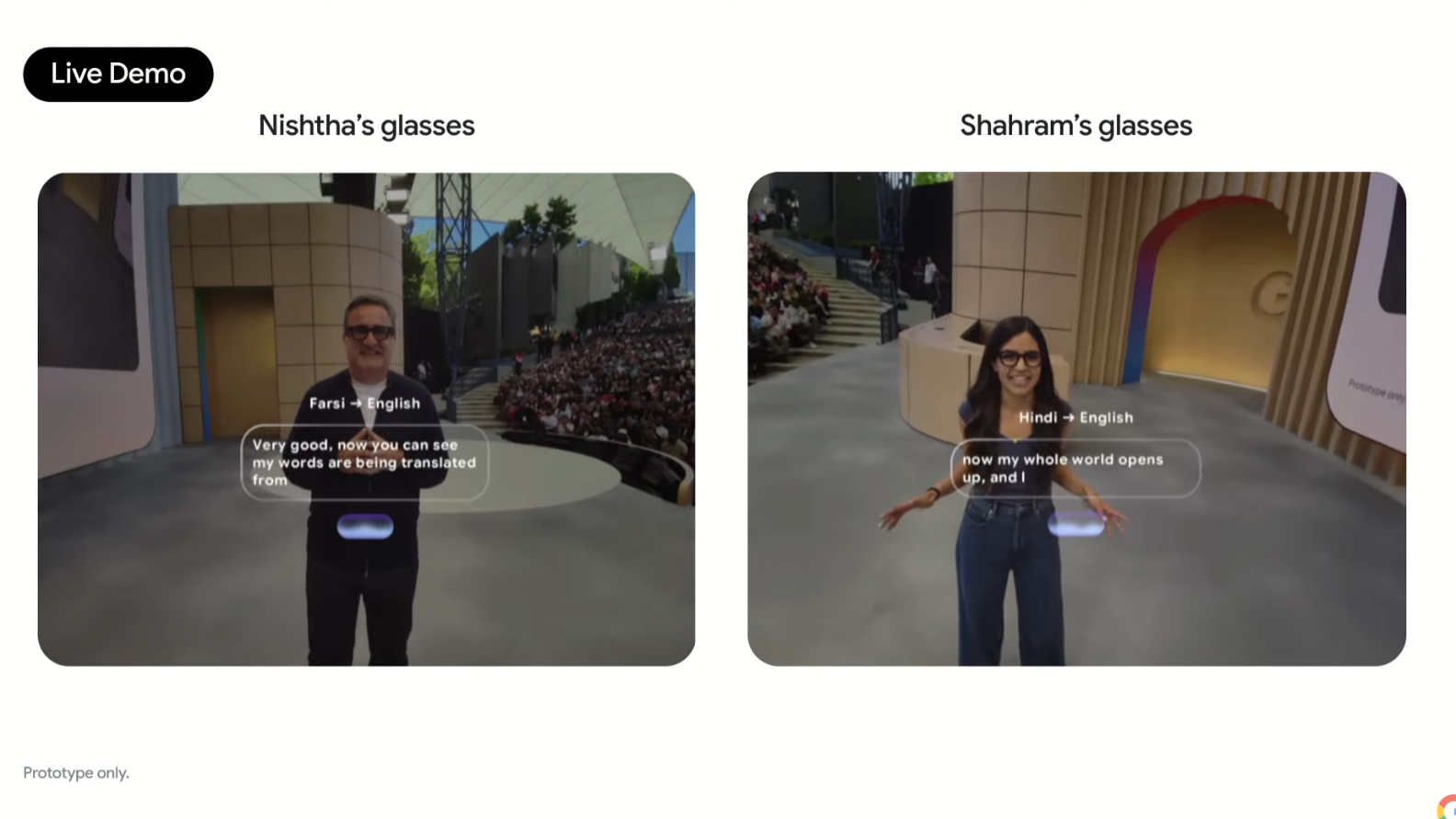
The future of mobile AI isn’t about selling “AI phones.” It’s about selling AI-powered experiences. Consumers want features that solve problems, save time, and delight. For device vendors, the ones who can sell the AI experience, translating AI into everyday user value, will be the ones that stand out.
For the consumer, the early adoption will be led by those who can quickly grasp the features, but the next wave of adoption will be increasingly from those who prefer or need new and simpler ways to interact. As AI becomes more accessible and integrated, expect it to play a growing role in purchase decisions. But for now, the path to adoption lies in showing, not telling.







